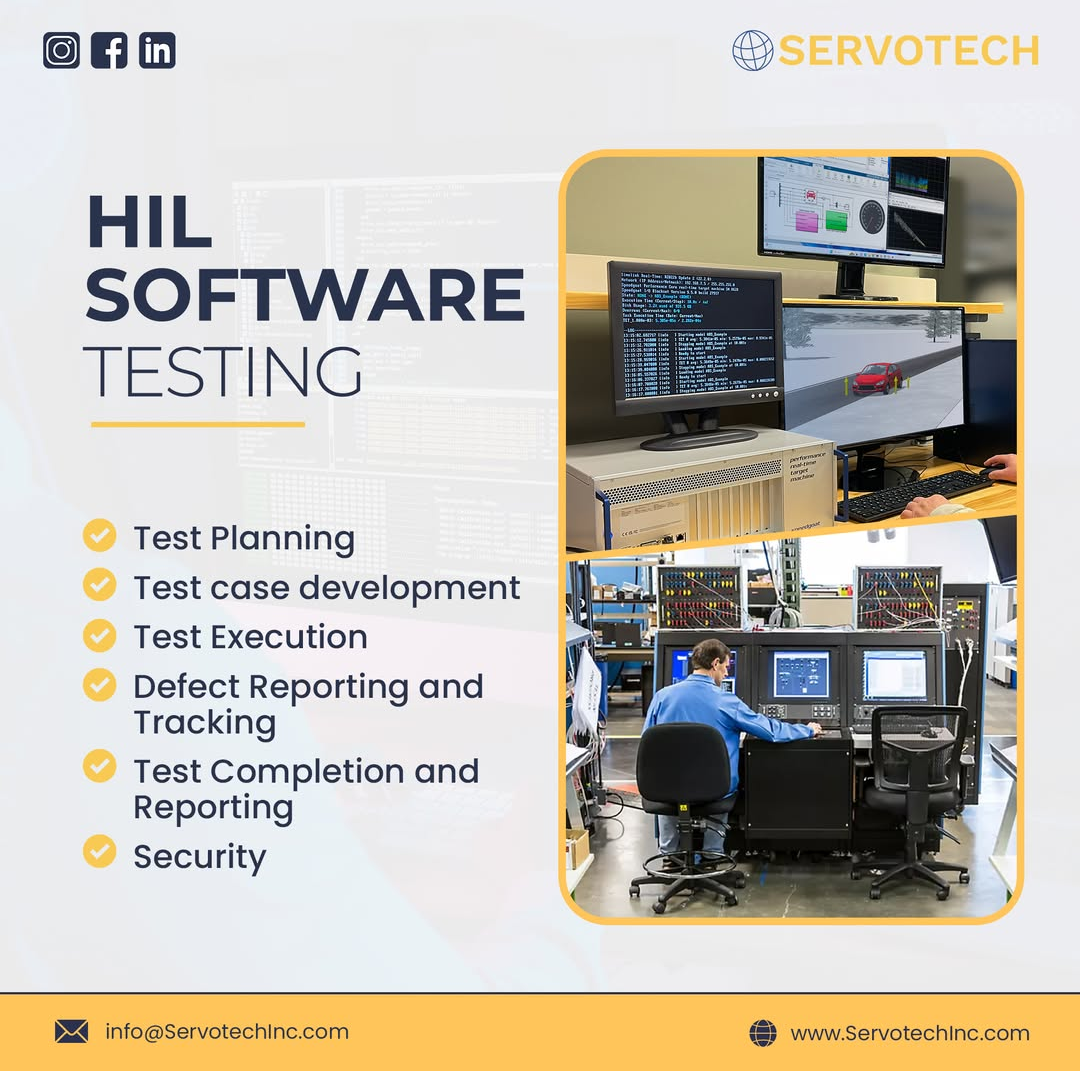Hardware-in-the-Loop (HIL) testing is a cornerstone of modern engineering, particularly in industries like automotive, aerospace, robotics, and embedded systems. It bridges the gap between simulation and real-world testing, enabling engineers to validate complex systems efficiently and cost-effectively. By simulating a system's environment while integrating actual hardware components, HIL testing ensures reliability, safety, and performance before physical prototypes are built. This article explores the principles, benefits, applications, and future of HIL testing in engineering.
What is HIL Testing?
HIL testing is a real-time simulation technique that integrates physical hardware with a simulated environment to test embedded systems. Unlike traditional simulation, which relies entirely on software models, HIL incorporates real hardware components—such as controllers, sensors, or actuators—interacting with a virtual system. A HIL setup typically includes a real-time simulator, the hardware under test (HUT), and interfaces that mimic real-world conditions. The simulator runs mathematical models of the system’s environment, feeding inputs to the hardware and receiving outputs to evaluate performance.
For example, in automotive engineering, HIL testing can simulate a vehicle’s dynamics, including engine behavior, road conditions, and sensor inputs, while testing an electronic control unit (ECU). The ECU responds as it would in a real vehicle, allowing engineers to assess its functionality without building a physical prototype.
Key Components of HIL Testing
A typical HIL system comprises several critical elements:
- Real-Time Simulator: A high-performance computer running software models of the system’s environment. It must process data in real time to mimic the timing of physical systems accurately.
- Hardware Under Test (HUT): The physical component, such as an ECU or actuator, being validated. This is the actual hardware deployed in the final product.
- Interface Hardware: Connects the simulator to the HUT, translating signals between the digital model and physical hardware.
- Simulation Models: Mathematical representations of the system’s environment, such as vehicle dynamics, electrical systems, or environmental conditions.
- Test Automation Tools: Software for creating, running, and analyzing test scenarios, often automating repetitive tasks to improve efficiency.
Benefits of HIL Testing
HIL testing offers numerous advantages, making it indispensable in modern engineering:
- Cost Efficiency: Developing physical prototypes is expensive and time-consuming. HIL testing reduces the need for multiple prototypes by validating hardware in a simulated environment, saving resources.
- Risk Reduction: Testing in a controlled virtual environment minimizes the risk of damaging expensive hardware or endangering personnel during early development stages.
- Early Validation: HIL allows engineers to test systems before physical prototypes are available, identifying issues early in the development cycle.
- Repeatability and Flexibility: Virtual environments enable repeatable test scenarios under varied conditions, such as extreme weather or system failures, which are difficult to replicate in real-world testing.
- Time Savings: Automated HIL testing accelerates validation by running multiple scenarios quickly, reducing development timelines.
- Improved Safety: By simulating hazardous conditions, HIL ensures systems are robust without exposing hardware or operators to real-world risks.
Applications of HIL Testing
HIL testing is widely used across industries where complex embedded systems are critical:
- Automotive Industry: HIL is extensively applied in testing ECUs for engine control, braking systems (ABS), transmission, and advanced driver-assistance systems (ADAS). It simulates vehicle dynamics, sensor inputs, and fault conditions to ensure reliability.
- Aerospace: HIL testing validates flight control systems, avionics, and navigation systems. For example, it simulates aircraft behavior under various aerodynamic conditions to test flight controllers.
- Robotics: In robotics, HIL ensures precise coordination between sensors, actuators, and control algorithms, testing scenarios like obstacle avoidance or path planning.
- Power Systems: HIL is used to test control systems for renewable energy sources, such as wind turbines or solar inverters, ensuring grid stability and efficiency.
- Medical Devices: HIL validates embedded systems in devices like pacemakers or infusion pumps, ensuring they function correctly under diverse physiological conditions.
Challenges in HIL Testing
Despite its advantages, HIL testing presents challenges:
- Model Accuracy: The effectiveness of HIL testing depends on the fidelity of simulation models. Inaccurate models can lead to unreliable results.
- Complexity: Setting up a HIL system requires expertise in hardware, software, and system integration, which can be resource-intensive.
- Cost of Setup: While HIL reduces prototype costs, the initial investment in simulators, interfaces, and software can be significant.
- Scalability: As systems grow in complexity, scaling HIL setups to accommodate multiple interconnected components can be challenging.
Future of HIL Testing
The future of HIL testing is promising, driven by advancements in computing power, artificial intelligence (AI), and digital twins. AI-driven test automation can generate complex scenarios, improving test coverage. Digital twins—virtual replicas of physical systems—enhance HIL by providing more accurate, real-time models. Cloud-based HIL platforms are emerging, enabling remote testing and collaboration. Additionally, the rise of autonomous vehicles and IoT devices demands more sophisticated HIL systems to validate interconnected, data-driven systems.
Integration with Model-Based Design (MBD) is another trend, where HIL testing complements simulation-driven development to streamline workflows. As industries prioritize sustainability, HIL will play a key role in optimizing energy-efficient systems, such as electric vehicles and smart grids.
Conclusion
HIL testing is a game-changer in engineering, Hawkins, offering a robust, cost-effective, and safe method to validate complex systems. By blending real hardware with simulated environments, it ensures reliability and performance across industries. As technology evolves, HIL will continue to drive innovation, enabling faster, safer, and more efficient development of next-generation systems.

